The best genre TV shows on Amazon Prime
The Boys, Orphan Black, The Expanse and other genre shows worth binge-watching on Amazon Prime Video
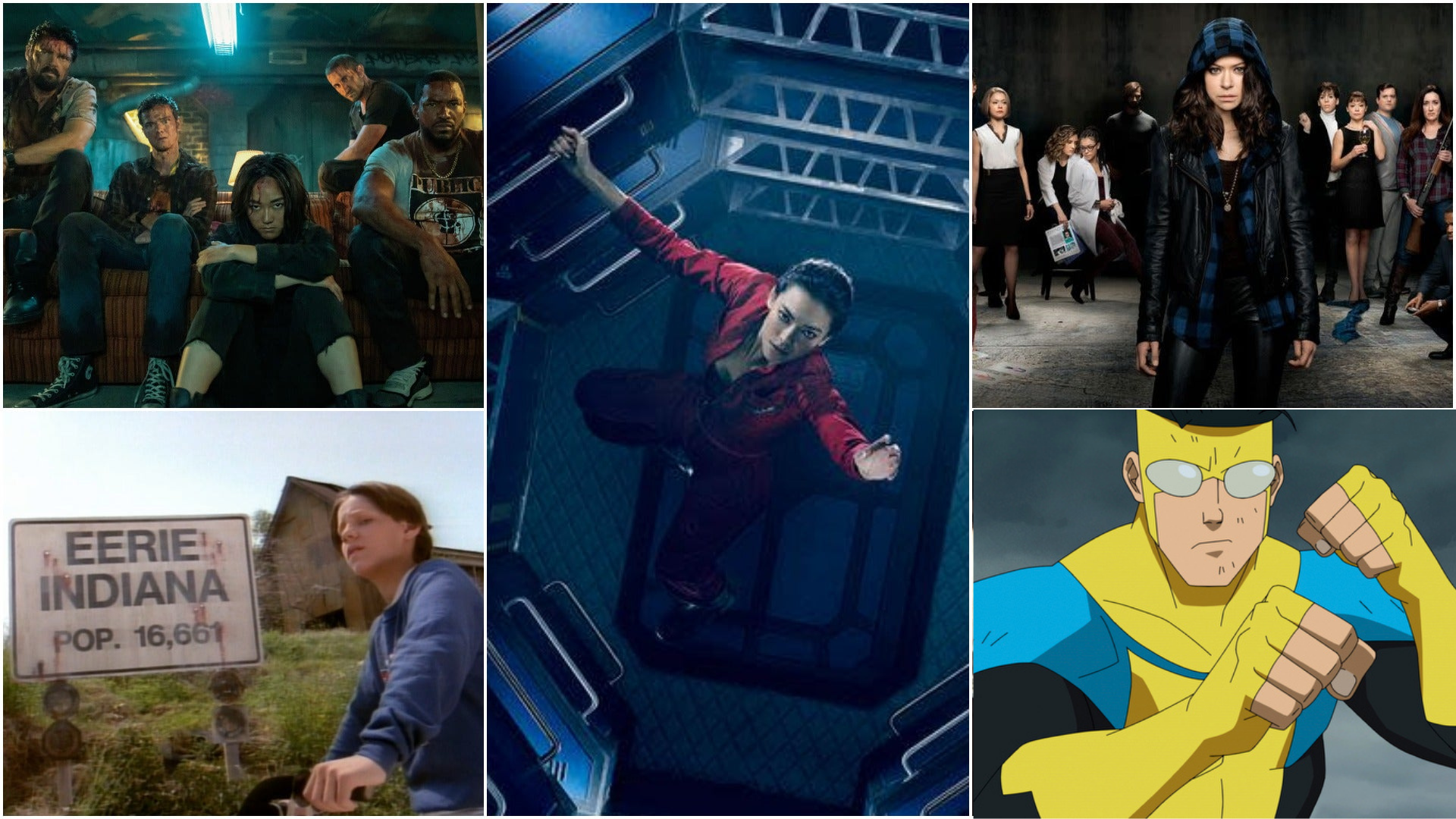
Streaming libraries expand and contract. Algorithms are imperfect. Those damn thumbnail images are always changing. But you know what you can always rely on? The expert opinions and knowledgeable commentary of The A.V. Club. That’s why we’re scouring both the menus of the most popular services and our own archives to bring you these guides to the best viewing options, broken down by streamer, medium, and genre. Want to know why we’re so keen on a particular title? Follow the links for some in-depth coverage from The A.V. Club’s past. And be sure to check back often, because we’ll be adding more recommendations as series come and go.
For this edition, we delve into the horror, science-fiction, and fantasy offerings on streaming’s future home to Middle Earth, Amazon Prime. Not in the mood for far-off worlds and/or realities? Here’s a list of the best TV dramas now streaming on Amazon Prime, and we’ve got some picks for the service’s best movie offerings, too.
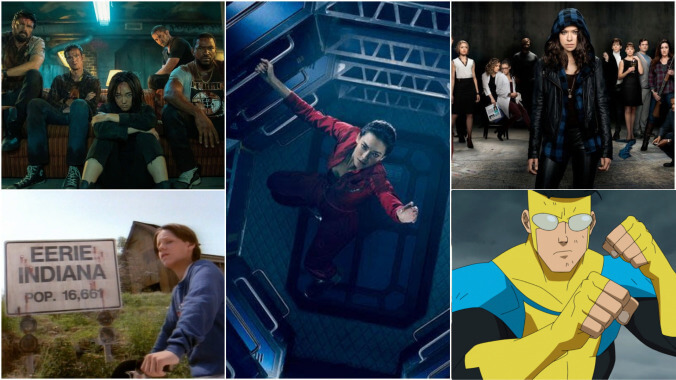
Streaming libraries expand and contract. Algorithms are imperfect. Those damn thumbnail images are always changing. But you know what you can always rely on? The expert opinions and knowledgeable commentary of The A.V. Club. That’s why we’re scouring both the menus of the most popular services and our own archives to bring you these guides to the best viewing options, broken down by streamer, medium, and genre. Want to know why we’re so keen on a particular title? Follow the links for some in-depth coverage from The A.V. Club’s past. And be sure to check back often, because we’ll be adding more recommendations as series come and go.For this edition, we delve into the horror, science-fiction, and fantasy offerings on streaming’s future home to Middle Earth, Amazon Prime. Not in the mood for far-off worlds and/or realities? Here’s a list of the , and we’ve got the service’s best movie offerings, too.
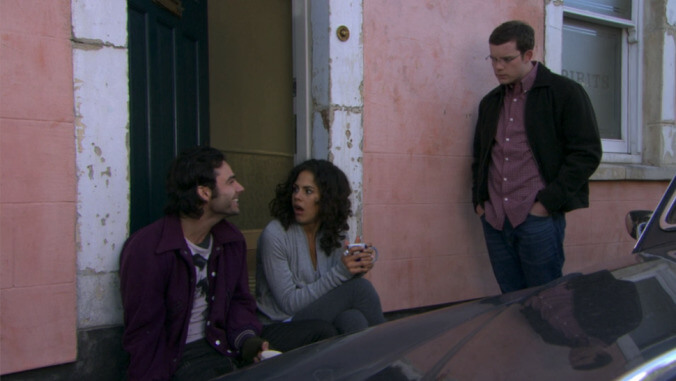
From our review of the original Being Human, the supernatural BBC Three series about three roommates: Vampire John Mitchell (Guy Flanagan), ghost Annie Sawyer (Lenora Crichlow), and werewolf George Sands (Russell Tovey):Early on, the show’s core trio are a little broadly sketched, bordering on goofy—especially the fumbly, jug-eared George, played by Russell Tovey, and the insecure Annie, played by Lenora Crichlow—and the scripts tend to be unevenly paced and stuffed with backstory. But even from the start, Being Human comes across as one of the most genuinely horrific monster shows ever made, with a good mix of creepy effects and subtle suggestiveness. (For example, in one freaky scene, the housemates watch a videotape in which a man has enthusiastic sex with an invisible vampire, until his neck suddenly rips open.) And throughout, [creator Toby] Whithouse and his creative team thoughtfully explore the philosophical differences that arise between the heroes and others of their kind. []
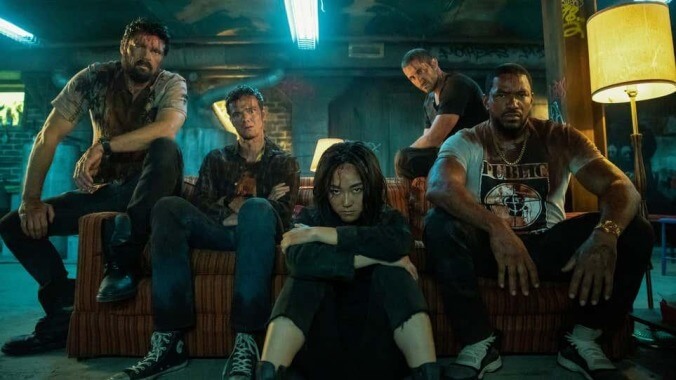
Even faster-than-sound superheroes can fall a little behind the times. Take Homelander (Antony Starr), the sadistic and disturbed Superman who leads America’s team of ostensibly heroic do-gooders, The Seven: Halfway through season two of , Amazon’s pitch-black deconstruction of superhero tropes (based on Garth Ennis’ equally dark comic series), the narcissistic caped crimefighter realizes social media is turning against him. Used to being universally adored, he can’t understand why his $100 million PR campaign is being undermined by memes and viral tweets. “Emotion sells. Anger sells,” the person responsible for his crumbling image explains, as though reading the business strategy of Fox News and its many-headed hydra of 21st-century imitators. “You have fans. I have soldiers.” As wannabe authoritarians have always known, why strive for goodness, when hate is so much more effective?The best thing about the second season of The Boys is how smartly it adds complexity and depth to its characters and stories. The show began as a fun but fairly weightless exercise in gory, meta nihilism: tough guy Billy Butcher (Karl Urban) and his nebbish of a new recruit, Hughie (Jack Quaid), seeking to get revenge for the deaths of their loved ones at the hands of the publicly noble but privately craven superheroes of The Seven, a team paid for and run by the nefarious Vaught corporation. The show derived a lot of wit and energy from its gonzo premise, but didn’t do much beyond gruesome action and playing with the subversion of tropes that had already been subverted since Alan Moore’s Watchmen came out in the ’80s. (As of its premiere, “The Boys is all about tearing down false idols, but it doesn’t build up anything in their place.”) []
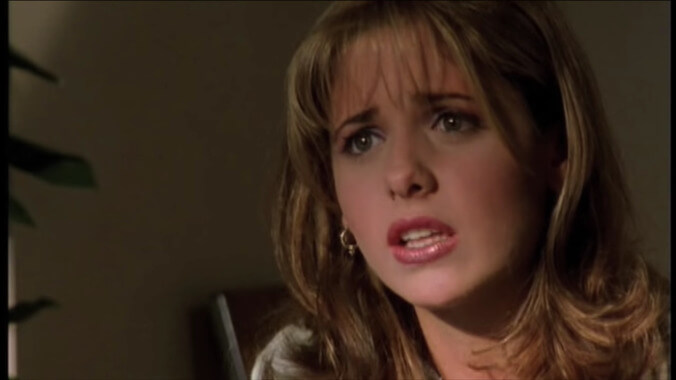
Heading into the decade in the middle of its fourth season, Buffy The Vampire Slayer was one of TV’s most acclaimed series, even after it left the high-school setting of its earlier seasons behind. In the first few years of the ’00s, though, Buffy and her friends wandered through dreamscapes, battled a god, lost people dear to them, and sang and danced. While more uneven in those seasons than it had been in high school, Joss Whedon’s series would still get at truths about the pain of growing up, the sheer struggle of mere living, and the formation of ad hoc families. And in its willingness to innovate stylistically, the series also proved itself a surprisingly adept chameleon: a ribald comedy one week, a musical the next, and a quiet art film the week after.
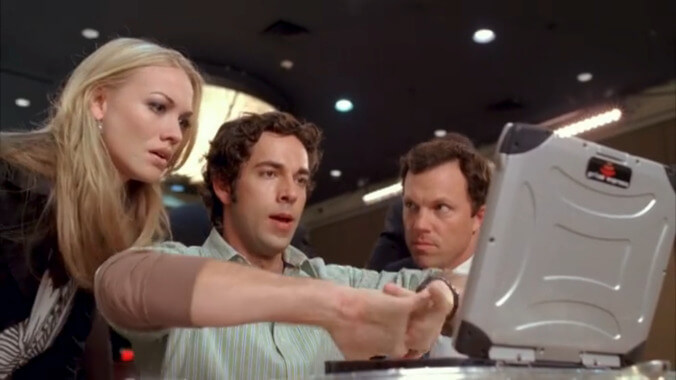
When wheel-spinning computer jockey Chuck Bartowski (Zachary Levi) has the combined databases of the CIA and the NSA subliminally implanted into his brain, it’s not the setup for a corny action-adventure romp in the Glen A. Larson vein—it’s the beginning to a smart-aleck spy caper that would have no trouble name-checking various Larson productions. Future big-screen Shazam Zachary Levi underwent his first Billy Batson-to-Big Red Cheese-style metamorphosis in this series from Josh Schwartz and Chris Fedak, with his memory-enhanced hero alternating between his days behind the “Nerd Herd” desk of the big-box electronics store Buy More and assisting in the high-stakes investigations of spies Sarah Walker (Yvonne Strahovski) and John Casey (Adam Baldwin). [Erik Adams]
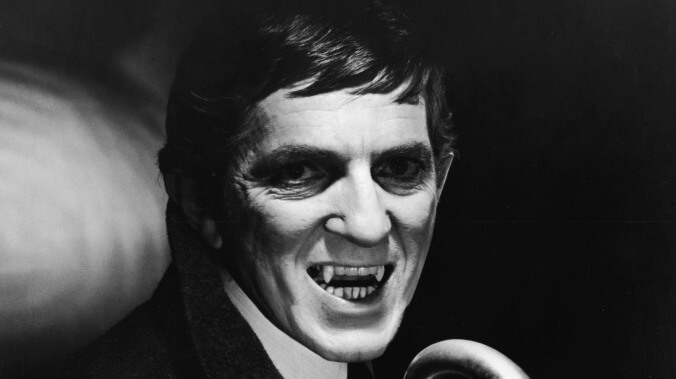
Before Dark Shadows, American daytime television rarely veered from game shows and soap operas laden with ostensibly real-world drama: weddings, affairs, perhaps the occasional case of murder or mistaken identity, but no more. Yet midway through its very first season, Dark Shadows introduced supernatural elements into more familiar tales of blackmail and unrequited love in Collinsport, the ominous Maine fishing town where the show was set.By the end of its groundbreaking, popular run, Dark Shadows had featured ghosts, vampires, witches, werewolves, Satan, raising the dead, reincarnation, brain swapping, time travel, parallel worlds, and a very persistent dream curse. Part of the success of such outrageous storylines can be attributed to the show’s ability to anchor them by alluding to well-known literary works, including everything from Greek mythology to the macabre stories of Edgar Allen Poe, to the entire canon of Gothic novels like Rebecca and Wuthering Heights. Yet even as much as the show looked to the past, it helped shape the future of its medium. []
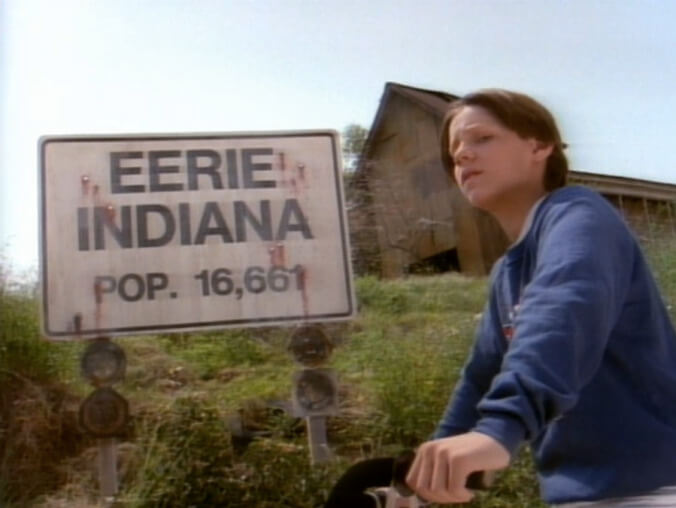
In 1991, José Rivera and Karl Schaefer co-created Eerie, Indiana, a kid-friendly spin on Twin Peaks and The Twilight Zone about a boy named Marshall Teller (played by Omri Katz) who lives with his family in a small town infested with monsters and unexplained phenomena. Joe Dante was brought in as a creative consultant and frequent director, since this kind of premise—wholesome Americana undercut by the bizarre—is Dante’s stock in trade. []
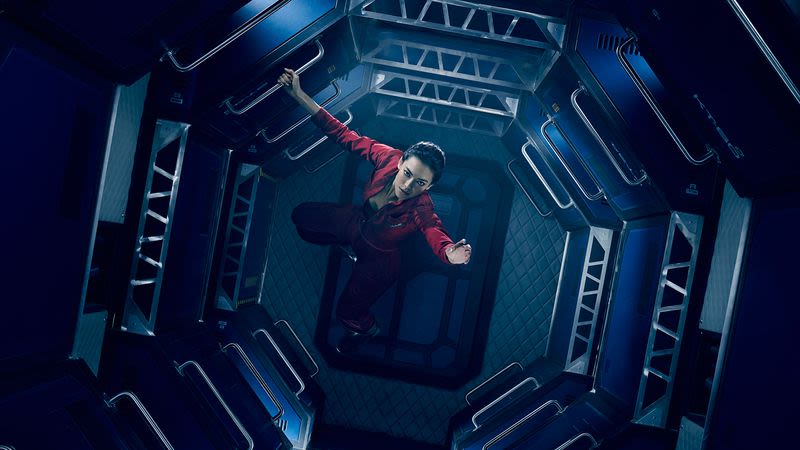
The Expanse makes no effort to hide what it is. This is not a show that distracts its audience with great jokes (though there are a couple) or simplistic story-hooks. We open with a woman in zero gravity, floating through a seemingly empty freighter; things go badly for her, but we don’t know quite how badly just yet. The pilot follows three distinct storylines, and while those storylines have connections, they remain resolutely separate from beginning to end, with little concession made to the typical demands of TV narrative. “We’re doing science-fiction here,” this pilot communicates, “with world-building and complex political intrigue, and if you aren’t into that, well, maybe you should try something else.” []
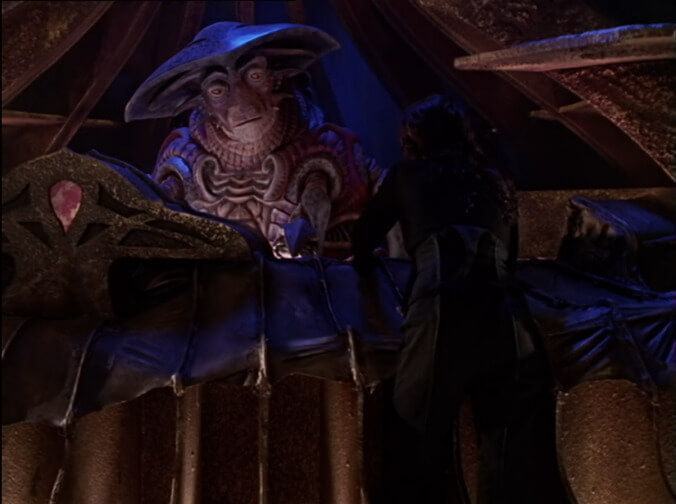
1999 was a watershed year for digital effects—something that The Jim Henson Company, creators of some of the most beloved practical effects work known to man, apparently took as a challenge. Hence Farscape, which dazzled with its alien puppet creatures, even as its talented crew was still finding its footing in the show’s opening trip around the sun. Said tale sees human astronaut John Crichton (Ben Browder) blasted out of a wormhole into the far-ass-end of the universe; trapped on a former prison ship of escaped alien fugitives, he receives roughly nine different forms of culture shock in rapid succession—including one initiated by his shipmates’ several foot-long tongue. Farscape would eventually mature into one of the most emotionally intelligent science-fiction shows ever to grace the genre—albeit one with an enduring interest in horniness and fart jokes— but in its opening salvo, the building blocks were already there: amazing puppets, quick-moving dialogue, and one lonely Earthman, stranded very far from home. []
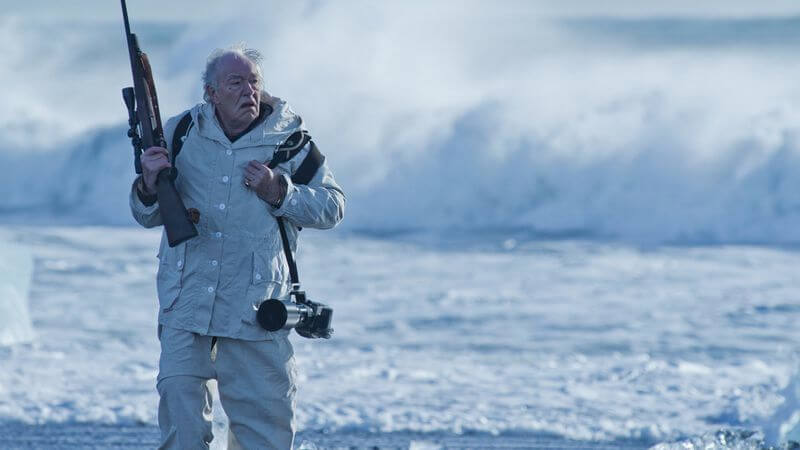
Violence erupting in a peaceful, seemingly idyllic community is nothing new to television, but Fortitude immediately distinguishes itself by rejecting the subgenre’s traditional approach: that of making the central, titled town a familiar space. Instead of a generically sleepy hamlet, Fortitude is a remote outpost in the Arctic Circle. The frigid climate precludes strangers or stragglers; everyone in Fortitude is there because their job demands it. With the town’s entire population gainfully employed, there’s almost no crime. There’s also nowhere to run, and the realities of life on a glacier are an ever-present undercurrent to the show. []
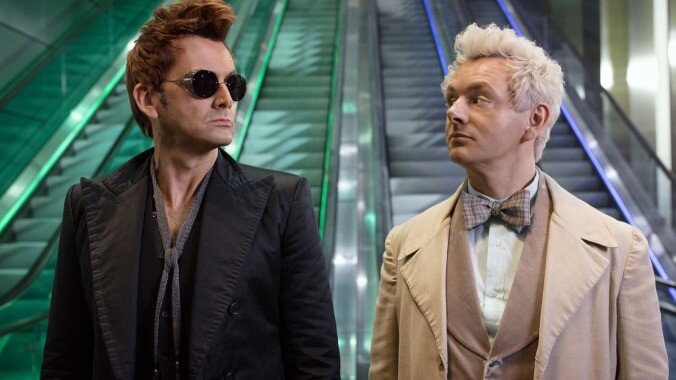
The stakes of Amazon’s Good Omens are probably the highest of any TV series, with the opposing forces of Heaven and Hell preparing to wage the war to end all wars—and life—here on Earth. But while that conflict does provide the broader framework for the six-part limited series (and the Neil Gaiman and Terry Pratchett fantasy-comedy novel it’s adapted from), Good Omens’ biggest thrill is found in the pitch-perfect pairing of David Tennant and Michael Sheen as a millennia-old odd couple who find themselves increasingly attached to our flawed selves—and each other. []
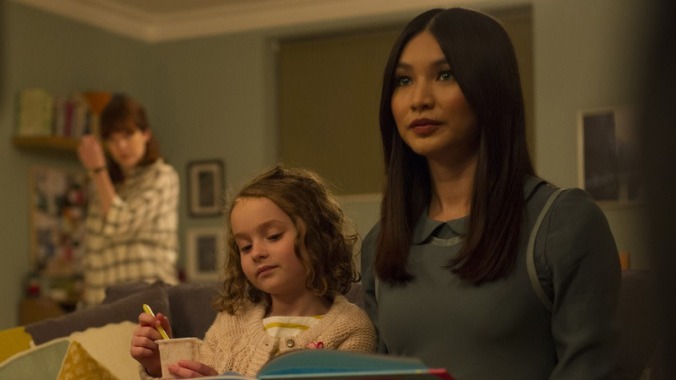
It’s a familiar premise: When human-like androids become widespread, serving as household assistants, menial laborers, or sex workers, humanity has to grapple with what it means to be truly human. Humans could be as rote and vacant as its AI, referred to as “Synths,” are believed to be. Instead, this English-language remake of Sweden’s Real Humans is uncannily well-crafted, with an undercurrent of emotional depth that is occasionally surprising, even gratifying. []
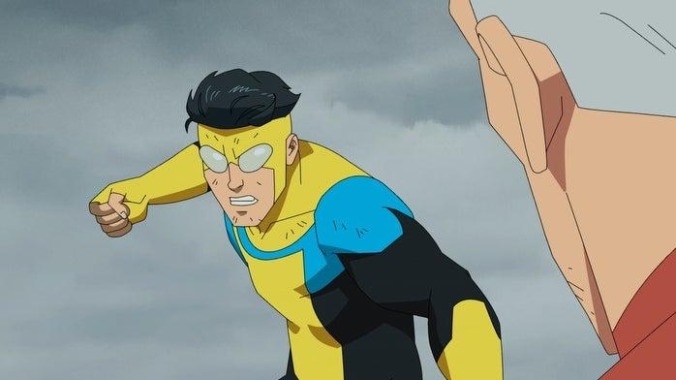
Against all odds—and with guidance from comic creator Robert Kirkman, and under the stewardship of showrunner Simon Racioppa—Invincible manages to make something potentially fascinating out of what should be a disastrous recipe for whiplash. Based on by creator Kirkman (working over the book’s 15-year publication history with artists Cory Walker and Ryan Ottley), Invincible tells the story of Mark Grayson (Steven Yeun), a perfectly normal kid who discovers, at age 7, that his dad Nolan (J.K. Simmons) is secretly Omni-Man, his world’s beloved Superman equivalent. The story then picks up shortly after Mark turns 17, on the day that his own powers (the standard Flying Brick package, i.e., flight, strength, speed, invulnerability, etc.) finally activate, launching him from a part-time burger flipper into the world of superhero action—with all the exhilaration and darkness that implies. []
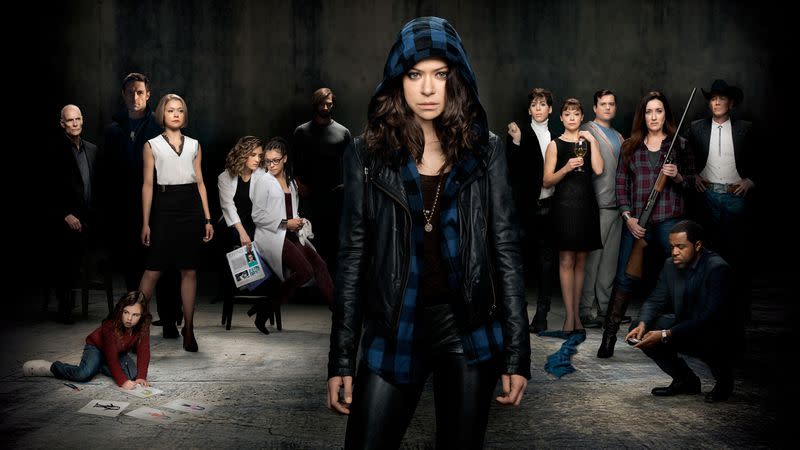
Orphan Black’s legacy will almost certainly be Tatiana Maslany’s incomparable versatility; the series lead played five main characters, and managed to make each role feel lived-in. Bolstered by that stunning performance, Orphan Black told an increasingly intricate story about sisterhood, identity, and finding moments of genuine connection in a dystopian world (that of the Neolution, not ours; but check back with us in a few years). Long live the Clone Club. []
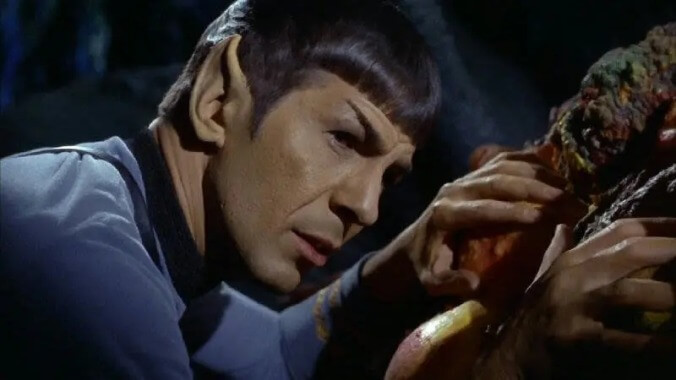
Creator Gene Roddenberry’s “Wagon Train to the stars” is one of the finest examples of pulp storytelling—emotion first, logic eventually—ever brought to the small screen. From 1966 to 1969, Captain James T. Kirk (), first officer Spock (), chief medical officer Leonard “Bones” McCoy (DeForest Kelley), and the rest of the crew of the Starship Enterprise traveled the galaxy, “to seek out new life and new civilizations, to boldly go where no man has gone before.” They struggled against aliens of unimaginable power, stumbled over worlds whose civilizations mirrored Earth’s own troubled past, and, yes, romanced their fair share of space babes. Over the course of three seasons and 79 episodes, Star Trek ranged from suspense to comedy to tragedy, and in the end, the good guys always won, even if victory cost them a little more than they were willing to spend. []
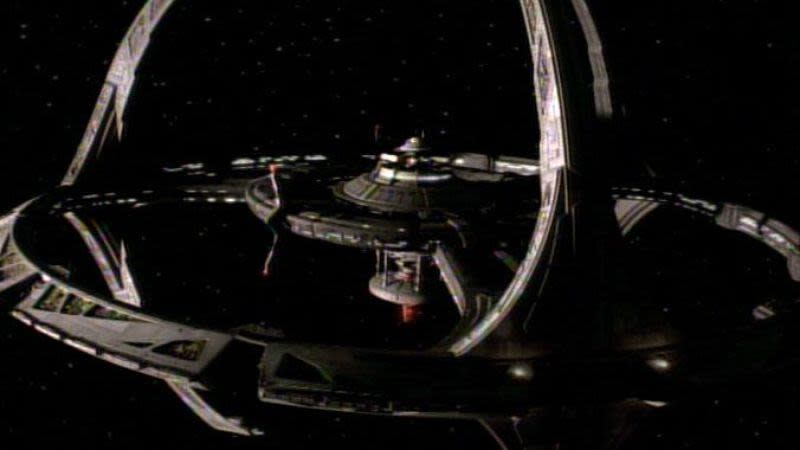
Deep Space Nine is the only Trek series it’s possible to recommend in its entirety without any caveats. The show premiered with remarkable confidence in 1993 and only improved with age. While the previous series followed spaceships exploring the galaxy (and seldom staying to clean up the messes they make), DS9 takes place on a space station at the edges of Federation territory. If TOS was “Wagon Train to the stars,” then DS9 was “Gunsmoke in space,” a show set on the fringes of civilization centered on officers who must occasionally bend the rules to get things done. In the excellent premiere, “,” a wormhole opens a passage to the unexplored Gamma Quadrant and turns DS9 into a crucial trading post. Built up during the first five seasons, a massive war officially kicks off in the season five finale, “,” leading to heavy serialization across the show’s final two seasons. []
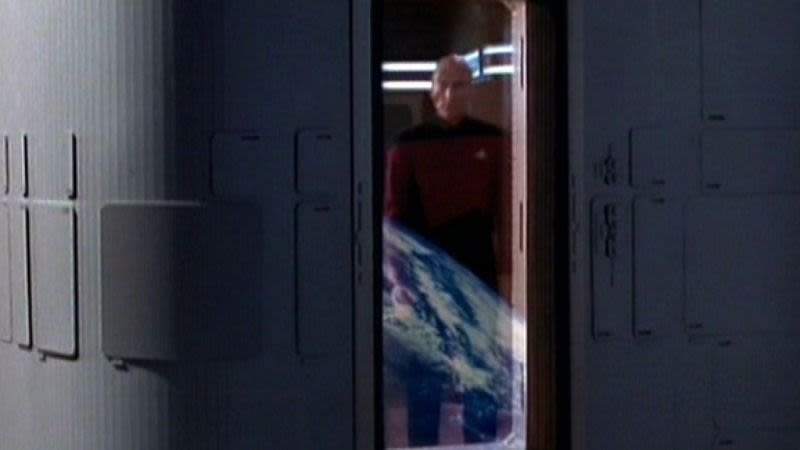
Thanks to Star Trek’s growing popularity, Gene Roddenberry and Paramount Pictures made the unprecedented decision to reboot the series as a brand new TV show. Star Trek: The Next Generation (also known as TNG or The Next Gen) debuted in 1987 and marked the beginning of almost two decades of Trek on TV. Set in the 24th century, 100 years after the original, the show followed a brand new crew aboard the Enterprise. Where TOS focused on space adventures, TNG emphasized negotiations, diplomacy, and headier storytelling. To alleviate the redshirt jokes, commanders on this Enterprise now wore red while security and engineering wore gold (doctors stayed in blue). Replacing the macho Captain Kirk was the more thoughtful, philosophical Captain Jean-Luc Picard (Patrick Stewart). Stewart quickly became TNG’s secret weapon and his Shakespearean gravitas single-handedly elevated the quality of episodes like “” and “.” The often-austere Picard kept his crew at an emotional distance, yet his love of history and literature and his occasionally cheeky sense of humor gave the character a softness. []
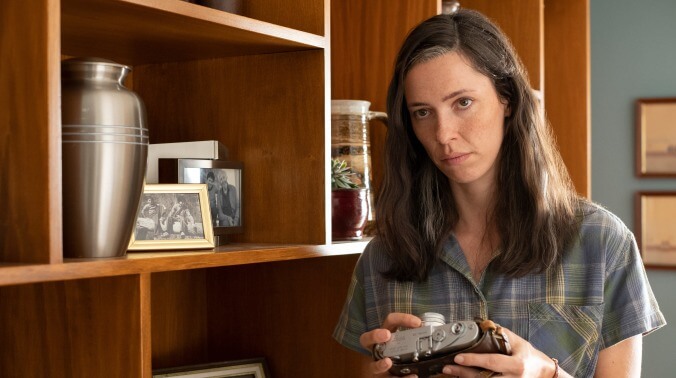
The first episode of Amazon’s Tales From The Loop opens with Russ Willard (Jonathan Pryce), founder of the clandestine government facility known as the Mercer Center For Experimental Physics, addressing an unseen audience about the nature of the center’s work and its impact on the lives of the people who surround it. “Everyone in town is connected to the Loop in one way or another,” he says. “And you will come to know many of their tales… in time.” It’s the kind of speech that would feel right at home at the top of an episode of , albeit perhaps more somber and intimate than anything Rod Serling might have delivered in his time.Based on Simon Stålenhag’s 2014 art book of the same name, Tales From The Loop centers on the fictional town of Mercer, a sleepy little burg built atop a massive subterranean particle accelerator known colloquially as the Loop. The series follows several of the town’s residents, including Russ’ own family, as their lives are irrevocably touched and altered by the miraculous wonders made possible through the Loop’s existence. The eight-episode series, produced by Amazon Studios and set to premiere via Prime’s streaming service on April 3, is helmed by showrunner and co-writer Nathaniel Halpern and director/executive producer Mark Romanek. The production also features creator Simon Stålenhag himself, who serves as co-executive producer for the series. []
GET A.V.CLUB RIGHT IN YOUR INBOX
Pop culture obsessives writing for the pop culture obsessed.